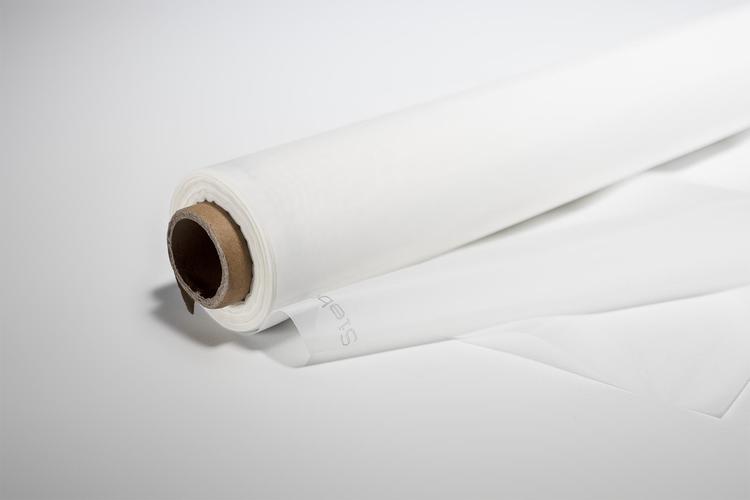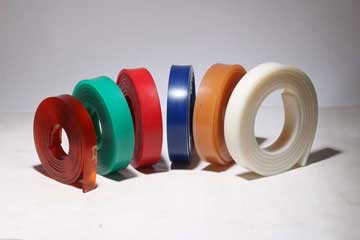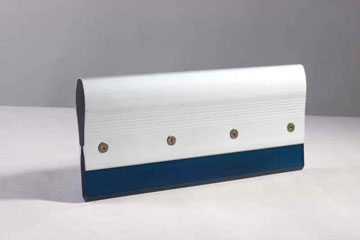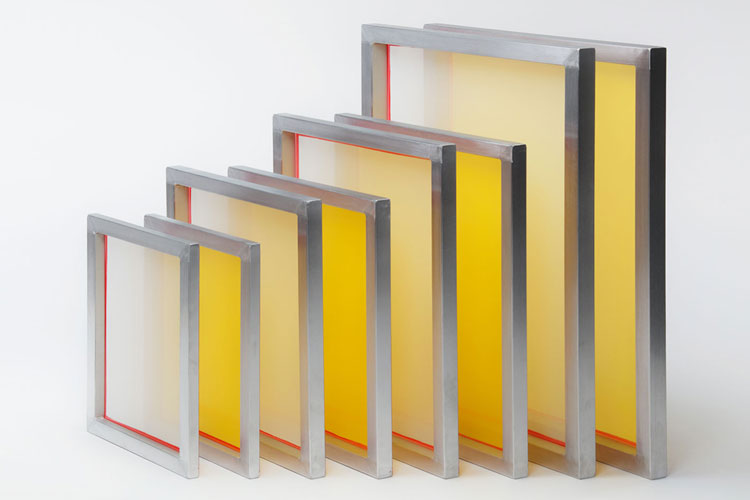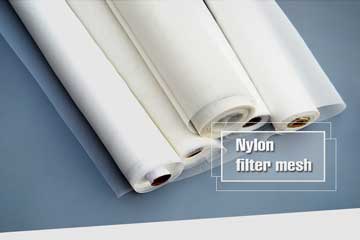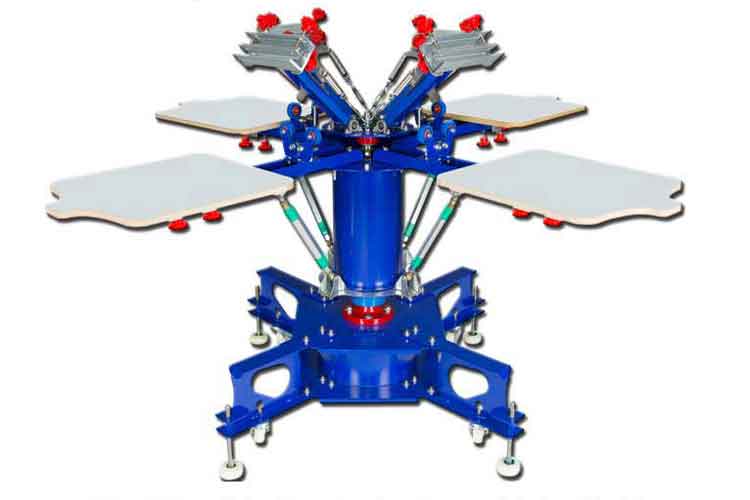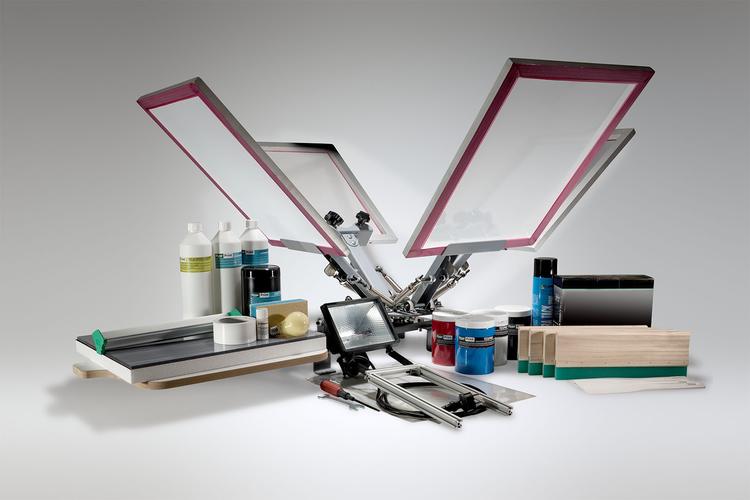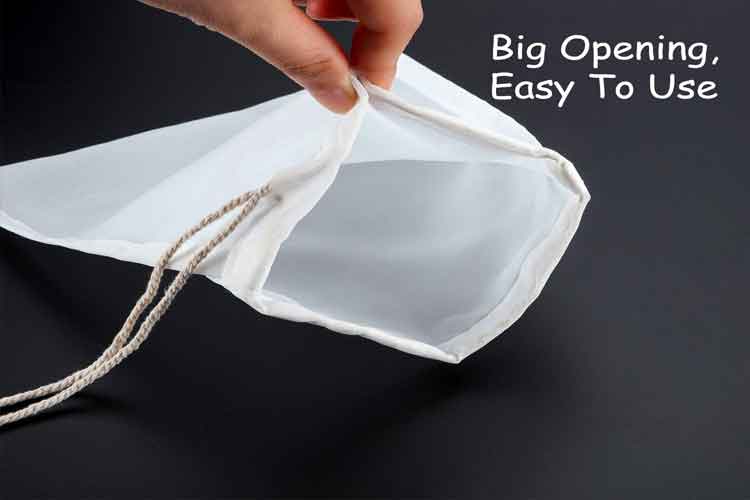What is silk screen? What is offset printing?
Screen printing mesh is to print ink on a substrate by screen printing a mesh. Compared with the convex, flat and concave printing, it has wider printing and more advantages. The types of inks used and the substrates are also increasing. Screen printiScreen printing mesh is to print ink on a substrate by screen printing a mesh. Compared with the convex, flat and concave printing, it has wider printing and more advantages. The types of inks used and the substrates are also increasing.
Screen printing is not limited by the size and shape of the substrate. It can be printed on shaped and uneven surfaces of different shapes. -- The layout is soft and flexible, and it is the one with the least printing pressure.
The screen printing method has a thick ink and strong adhesion. The printing thickness can reach 30-100μm, the hiding power of the ink is particularly strong, and the printed graphic has a strong stereoscopic effect, which is incomparable to other printing methods (the thickness of the ink layer can also be controlled). --Applicable to all types of inks: It has strong adaptability and can be applied to any kind of coating for printing. It can be used in various inks such as oil, water, synthetic resin and powder. As long as the ink and paint that can pass through the mesh fineness of the screen can be used. It can be printed in monochrome, or it can be color-printed and screened for color printing.
Its light resistance is strong: it can put light-resistant pigments and fluorescent pigments into the ink in a simple way, so that the graphic of the printed matter can be kept warm for a long time without being affected by temperature and sunlight, and even can be illuminated at night.
The plate making is convenient, the price is cheap, the printing method is flexible and perse, and the technology is easy to grasp.
Screen printing is widely used in the electronics industry for membrane switches
Screen printing process: original → bottom plate → screen plate → printing plate → development → drying → printing → drying → finished product inspection → printed matter
Offset printing is a kind of lithographic printing. It is very simple to say that offset printing is the printing method of transferring the graphic on the printing plate to the printing substrate by means of rubber (blank), which is also the existence of the blanket. name. The blanket plays an irreplaceable role in printing. For example, it can make up for the unevenness of the surface of the substrate and make the ink transfer fully. It can reduce the water on the printing plate (the role of water in printing is seen later). ) to the substrate and so on. The above is just a general concept. We usually say that the offset printing may be narrower, that is, there are three lithographic printing methods (printing plates, blankets, embossing), which are called in the south of China. For offset printing.
The three principles of offset printing are as follows: 1. The principle of water-oil incompatibility, which is determined by the so-called similar compatibility principle in the chemical. The molecular polarity of water molecules with mild polarity is different from that of non-polar oil molecules, resulting in water. The oil can't be attracted and dissolved. The existence of this rule makes it possible for flat plates to use water for distinguishing between graphics and blanks. Second, the surface selection adsorption principle, according to the difference in surface tension, it can adsorb different substances, which also provides the possibility of lithographic offset printing. Third, the dot structure principle, because the offset printing plate is flat, then you can not rely on the thickness of the ink to express the level of the graphic on the print, but by splitting the different levels into tiny spots that are not visible to the naked eye. The unit can effectively express a rich image hierarchy.
Tags:
